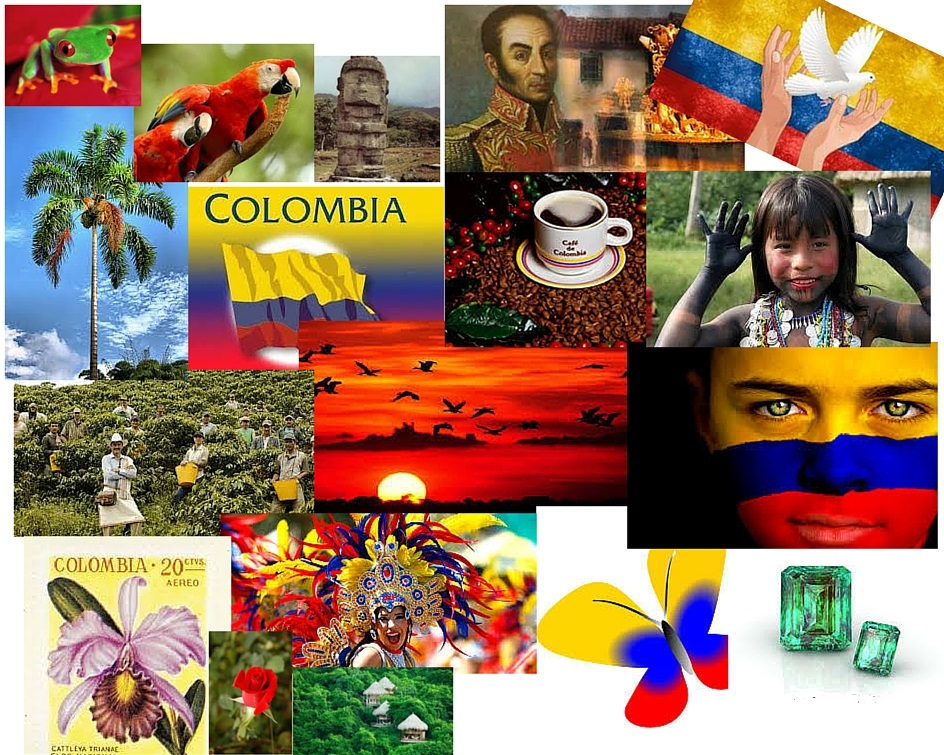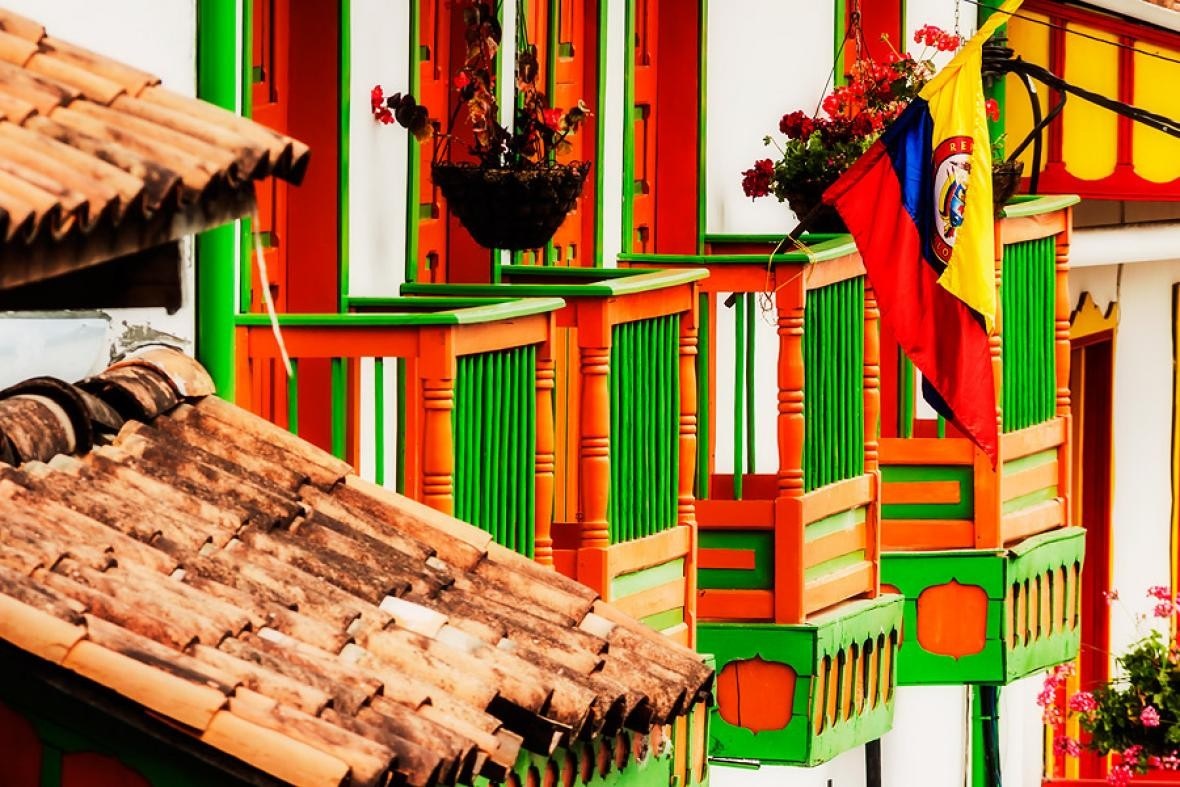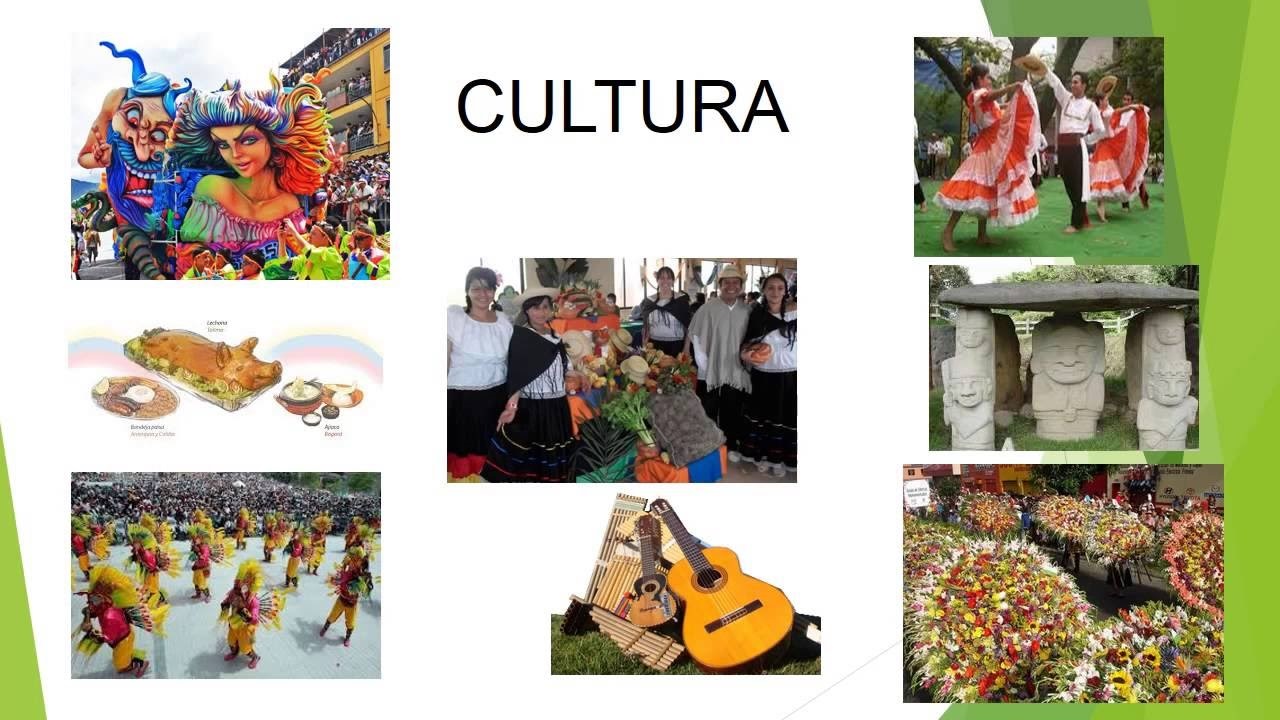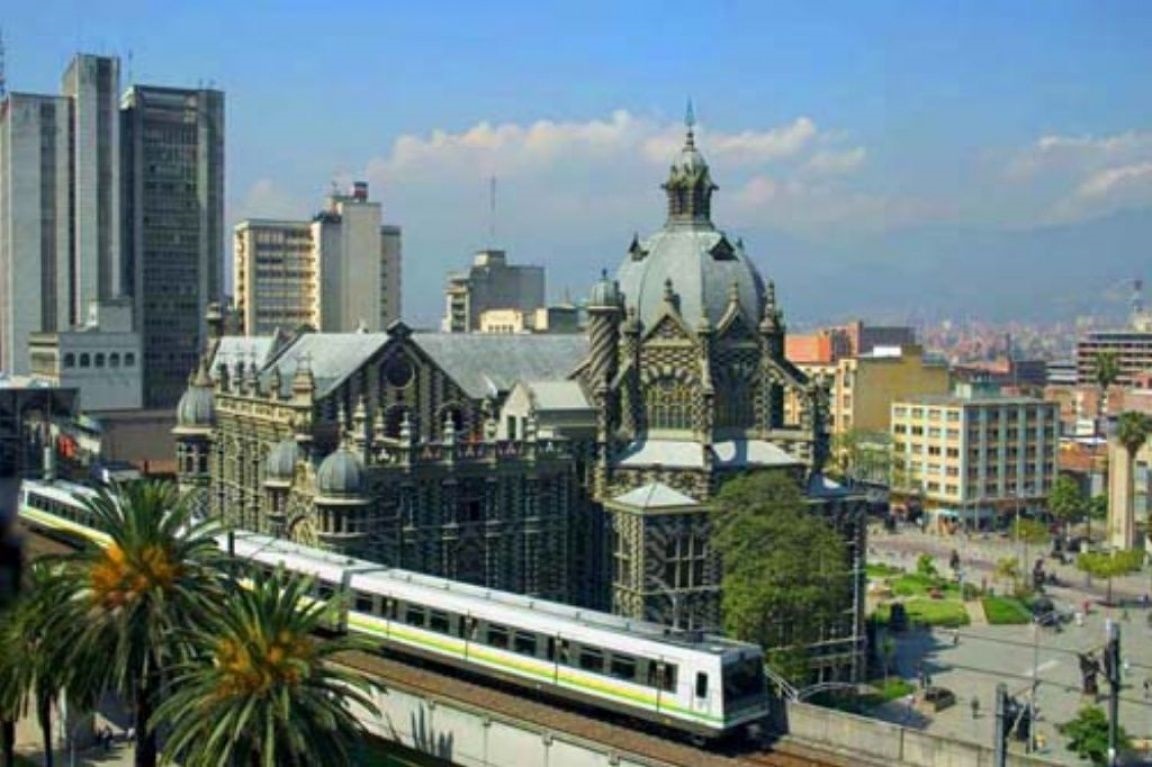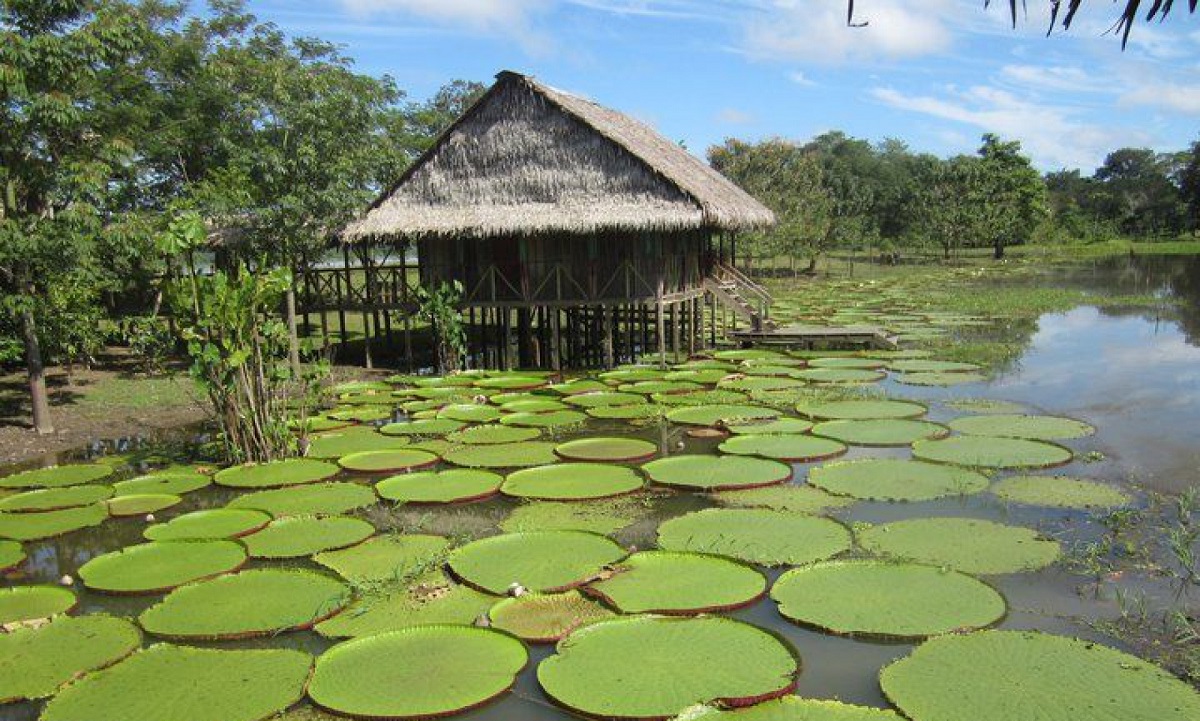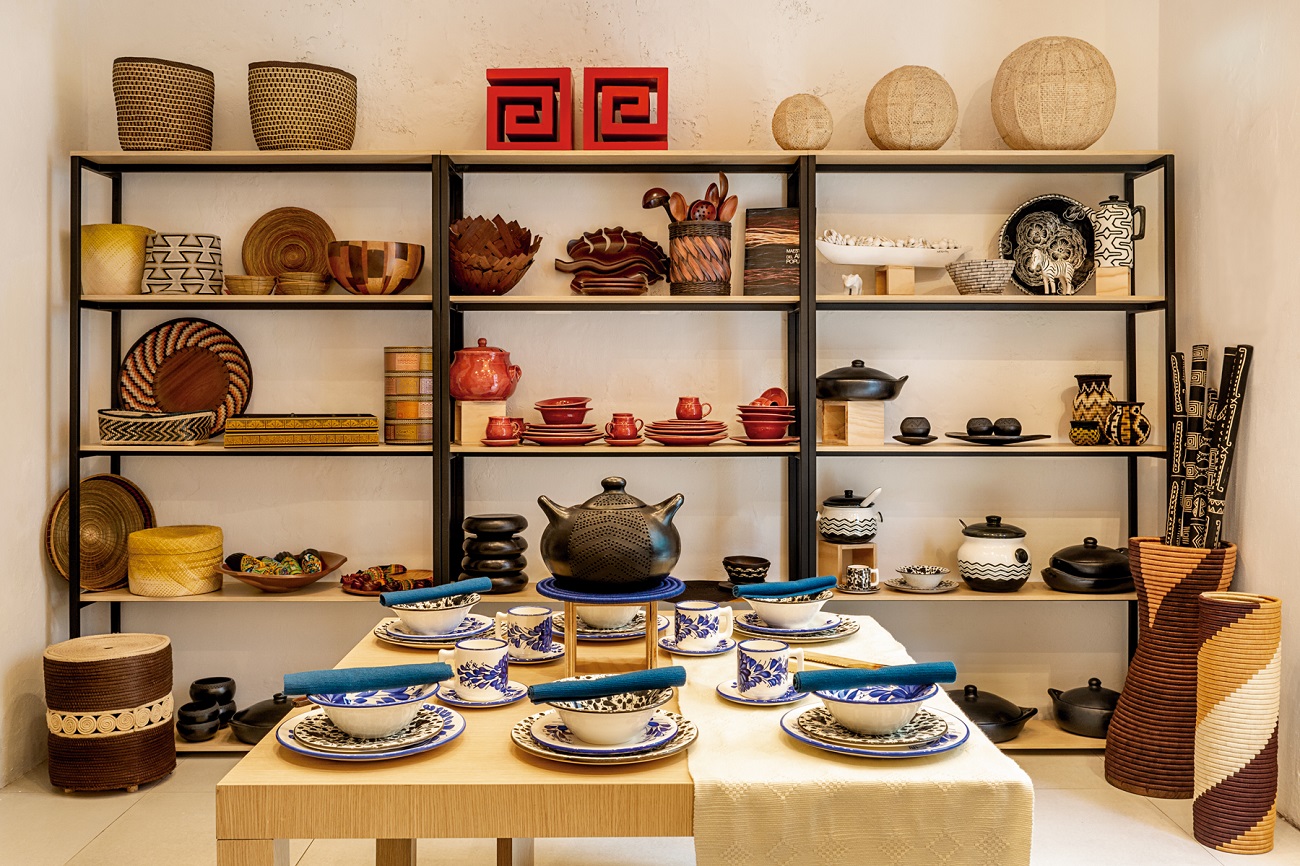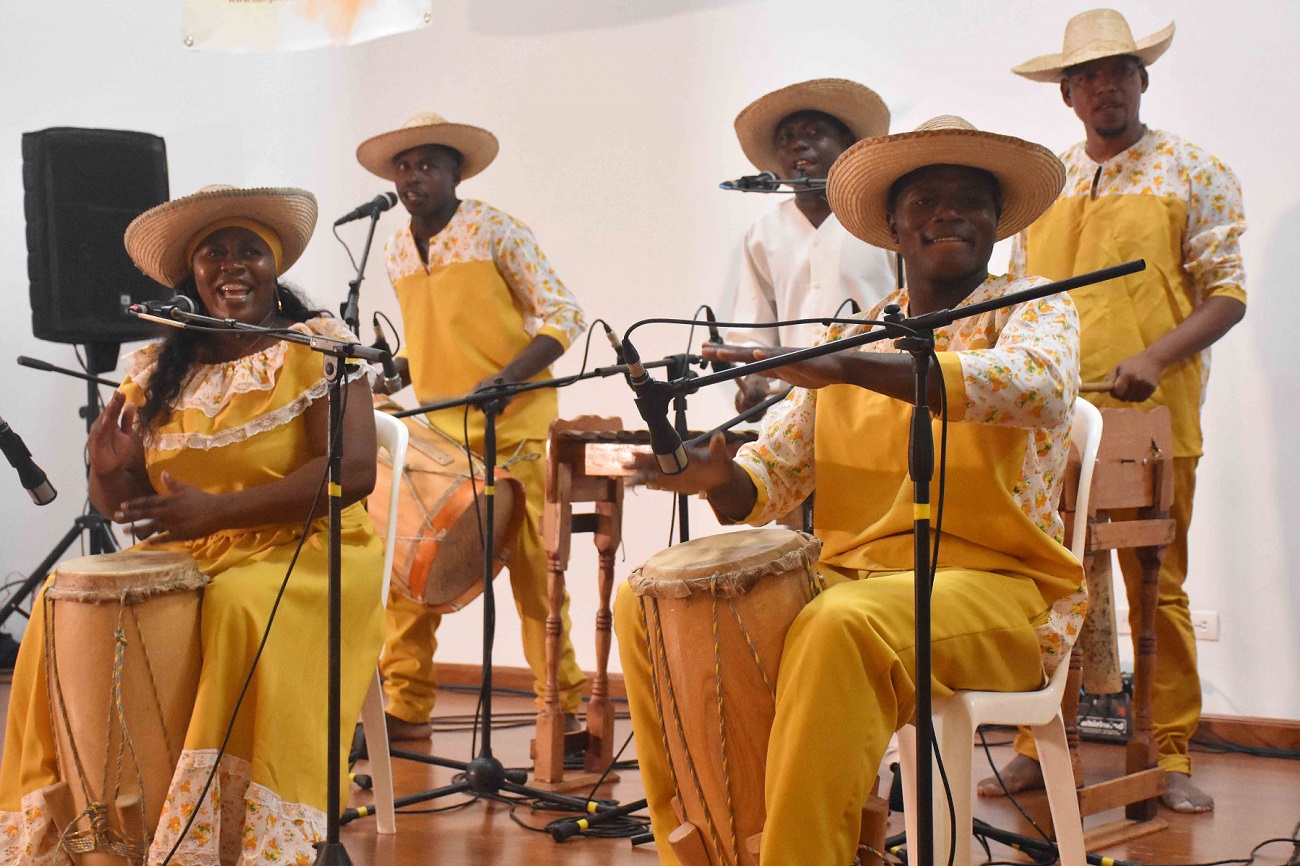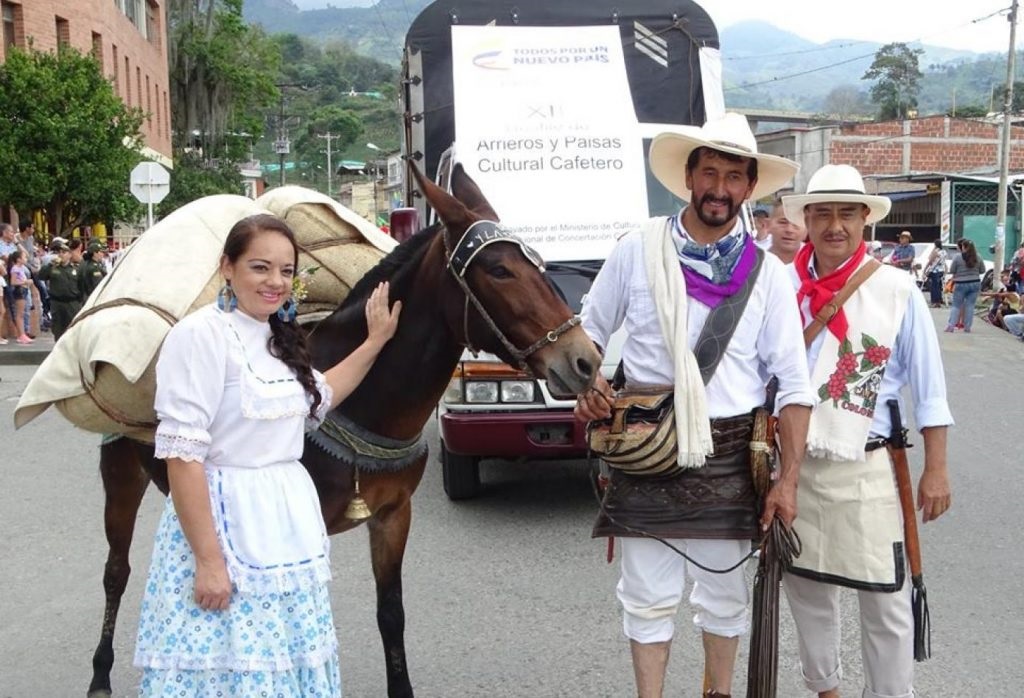To better understand how the Colombian culture and what are the cultural groups, we invite you to visit this interesting article, in this article you will be able to inform yourself about how great Colombian culture is, in all its regions.

Colombian culture
With an interwoven mix inherited from different traditions, the Colombian culture has formed a very well defined identity. Starting from different pre-Columbian civilizations such as the Muiscas, Tayronas, Quimbayas and Zenúes.
With the fusion of the Spanish and African civilizations, the result was a society with characteristics common to the rest of the countries of Latin America, but with a marked difference.
However, within the Colombian territory itself there are notable regional distinctions. For example, the cachacos of the highlands of Cundiboyacense, the paisas of Antioquia, the llaneros of the eastern plains, the Valle del Cauca del Valle del Cauca.
The coastal populations of the Caribbean coasts and the inhabitants of Santander in the department of Santander. All of these divergent groups make Colombia a fascinating multicultural nation.
In this way, all this mixture is currently reflected in a series of expressions such as architecture, music, art, literature, among others. It stands out for having important personalities such as Gabriel García Márquez, Fernando Botero, Juan Pablo Montoya, Carlos Valderrama, Juanes, Shakira, Sofía Vergara.
On the other hand, the Colombian economy is mainly based on primary production sectors such as agriculture, coffee and livestock. Being considered the fourth economy in Latin America.
Historical account of Colombian culture
Shortly before the arrival of the conquest, the indigenous communities were characterized by making the best jewelry in South America.
Since Alonso de Ojeda, in 1499, set foot on the Colombian coast, the conquerors have shown interest in the local indigenous wealth. Thus, legends such as that of El Dorado arose, which eventually became the Guatavita lagoon, where the aborigines in their rituals threw gold offerings.
Starting in 1525, the conquest was to found cities, spread Catholicism, and implement a caste system. Years later, exactly in 1810, Colombia gained its independence from Spanish rule, with the help of Venezuelan leader Simón Bolívar.
Later, a period of civil wars followed between the Liberals, who defended the separation of powers, and the Conservatives, who supported the union of the Catholic Church and the State. Events that triggered the period called La Violencia, between 1948 and 1958.
These historical processes that included the union of different races and customs have shaped Colombian culture to this day.
The society of Colombian culture
From a social point of view, Colombian culture is made up of many ethnic groups, which makes the mestizo population stand out. Although the official language is Spanish, there are 65 indigenous languages.
Another characteristic is that 90% of the Colombian population professes the Catholic religion, which indicates that many of the Colombian festivals have a religious connotation. The Colombian is characterized by openness, happiness, attention, hospitality and hard work and always needs time to study and continue training.
They are also very creative and enterprising people, because they say they are motivated, so they always think about the collective benefits. Despite the existing regionalism, football and the carnival celebration are something that connects them. There are three social classes in Colombian culture: upper, middle and lower, which are subject to family income.
Administrative political organization of Colombian culture
At this time, Colombia is territorially organized into 32 departments, 1 capital district, 2 industrial and port districts, 2 tourist and cultural districts, 2 tourist, cultural and historical districts and several special indigenous zones.
The State is characterized by the guarantee of social justice for its inhabitants, it is unitary, decentralized, democratic, pluralistic and participatory.
Have an executive system made up of the president and vice president, elected for four years with the possibility of re-election.
The legislative system is made up of Congress and the judiciary is made up of the Supreme Court of Justice, the State Congress, the Constitutional Court, the Superior Council of the Judiciary, the Military Criminal Justice, the Attorney General's Office, courts and courts. Governors and mayors are elected by direct suffrage in each region.
Colombian culture religion
As mentioned above, the majority of the Colombian population is Catholic, with minority groups following other faiths. Given the historical channel, Catholicism was the official religion of Colombia, something that changed with the 1991 Constitution.
Where the nation was consecrated as a secular state, offering guarantees for freedom of worship. Still, the Catholic Church continued to retain privileges over other religions, which created tensions. To appease the spirits, in 2016, the 4th of July was declared as the National Day for Religious Freedom and Worship.
The rest of the inhabitants are part of religious communities such as evangelicals, Jehovah's Witnesses, Mormons, Buddhists, Islamists, Jews. Something common in Colombian culture is the existence of legends since colonial times, which have been passed down from generation to generation, such as the anima solo, the light of the foot, the carrao, the woman who cries, the leg. just the whistle.
The main regions of Colombian culture
With six natural regions that have climatic and topographic variety, they are a representation of the heterogeneous Colombian culture. Among them, two main ones can be distinguished:
Andean
Being the most inhabited area of Colombia, it includes the departments of Antioquia, Caldas, Risaralda, Quindío, Valle del Cauca, Tolima, Santander, Norte de Santander, Cesar, Cundinamarca, Boyacá, Huila and Nariño.
Some of the regionalisms of Colombian culture in this region include: Paisa, Santandereano, Cundiboyacense, Vallecaucano, Opita, Pastuso, Cachacos.
The Andean region has the most productive land for agriculture, and even oil, emeralds and other minerals are exploited. The most important cities are:
Bogota (capital district).
The capital of Colombia, belongs to the department of Cundinamarca, is the neurological center of politics, economics, industry, art, sports and tourism. It is a city that offers a great cultural activity, apart from a typical dish of cachacos is the santafereño ajiaco, and the famous red coffee.
Medellin
It forms the capital of Antioquia, encompassing the indigenous expressions of the Paisa culture. Those who boast gastronomically with the paisa dish. It is one of the oldest cities in America, the capital of Valle del Cauca, characterized by the typical rice atoll dish.
Caribbean
Located in the north of Colombia, next to the Caribbean Sea. It is made up of the departments of Antioquia, Atlántico, Bolívar, Cesar, Córdoba, La Guajira, Magdalena and Sucre.
The industrial, commercial, financial, port, agricultural, livestock, mining, and tourist activities stand out, as well as a network of towns, of which the following stand out:
Barranquilla (Special District of Industry and Port).
It is the capital of the Atlantic, where the most important festival of Colombian culture is celebrated: the carnivals of Barranquilla.
Cartagena de Indias (tourist and cultural district).
It is the capital of Bolívar, a city that preserves the Spanish architectural heritage and the historic walls on its shores.
Other regions of Colombian culture
The other regions that make up the territory of Colombian culture are:
Amazonian
It is the largest and least populated area, with departments such as Amazonas, Putumayo, Caquetá, Guainía, Guaviare and Vaupés.
In which agricultural activities, logging and other illegal activities such as coca cultivation to produce cocaine are developed. The popular food is prepared with a turtle egg.
Insular
It includes the islands of San Andrés and Providencia in the Caribbean Sea, as well as Malpelo and Gorgona in the Pacific Ocean. A tourist area that contains one of the main hotel complexes in the country, showcasing Afro-Caribbean celebrations such as the crab festival and fish dishes.
orinoquia
Located to the east of the country, it constitutes a plain area formed by the departments of Arauca, Casanare, Meta and Vichada. The one born there is dedicated to raising cattle, characterized by their clothing, liquiliqui and mamona as a typical dish.
Peaceful
Installed on the western fringe, it is made up of the departments of Chocó, Valle del Cauca, Cauca and Nariño, where the city of Buenaventura constitutes a special industrial and port district, with a commercial opening on the Pacific Ocean. The economic activity is based on industrial fishing, mining, livestock and agriculture.
Manifestations of Colombian culture
Various expressions of Colombian culture will be described which include:
Crafts
The productions of different subcultures stand out, for example, the inhabitants make the vueltiao hat, the paisas make the woven baskets.
On the other hand, the Gold Museum, in the city of Bogotá, houses a collection of gold coins, as well as works in wood, ceramics, textiles and stone that were made by pre-Columbian tribes.
Painting
The most famous artist is Fernando Botero, whose works can be seen in the Botero Museum in Bogotá. David Manzur and Omar Rayo are also notable at this time.
Architecture
With a Spanish influence of the colonial era and modern architecture, buildings such as the Medellín Cathedral, the colonial aspect of Cartagena or Barichara, Medellín Sports Arenas, Santuario Nuestra Señora del Carmen and Parque Explora are mixed in the cities.
Literature
Gabriel García Márquez, author of the book One Hundred Years of Solitude, among others, being the most prominent figure in Colombian culture in this area, received the Nobel Prize for Literature in 1982.
Music
There are many musical genres in Colombian culture depending on each region. The best known are vallenato, cumbia and joropo. In recent years, the Colombian pop genre has gained international fame, Shakira is the most successful singer in the history of Latin music.
Let's talk a little more about the regions
The Caribbean Region: The Colombian Caribbean occupies the departments of Atlántico, Bolívar, Cesar, Córdoba, La Guajira, Magdalena, San Andrés and Providencia, and Sucre. The "coastal towns", as they are called among the inhabitants of this part of the country, are characterized by their cheerfulness, their friendliness and their pronounced accent.
Although they are geographically divided into eight departments, the coastal towns retain a common identity, linked by the Caribbean Sea. Likewise, this region of the country has important indigenous peoples such as the Arhuacos, located in the Sierra Nevada de Santa Marta, and the Wayúu, in La Guajira.
For their part, Colombian cultures are also defined by their music. For example, important rhythms have appeared in the Caribbean region that have managed to position themselves throughout the world.
Among them, Vallenato, one of the most representative musical genres of the region and the country. This rhythm born in the department of César has been declared by UNESCO as intangible cultural heritage of humanity. In addition, there are other exceptional genres such as champeta, porro, cumbia and many more.
Its festivals such as the Barranquilla Carnival, one of the most representative of the coast, are also of great relevance. Likewise, there is the Vallenata Legend Festival, the Francisco el Hombre Festival, the Independence Festival, the January 20 Festival, among others. Come and discover the heritage of Colombian cultures traveling through Colombia!
Pacific region: The Colombian Pacific region is divided into four departments: Chocó, Valle del Cauca, Cauca and Nariño. This region of the country is characterized by cultural manifestations, such as its popular dances and sounds that originate in African peoples. In addition, this region has the Pacific Ocean that bathes several populations.
On the other hand, the cultural richness of this region of the country is really surprising. Its main cultural events are in the cities of Tumaco, Buenaventura and Quibdó, territories in which African, indigenous and Spanish influences have developed.
Furthermore, it is said that many of the traditions and customs of the Pacific peoples grew out of these influences.
The music of the South Pacific is distinguished by the characteristic sounds that come from instruments such as marimbas, cununos, drums, basses, guasás and violins. All these elements are the product of the African heritage and the indigenous, European and Afro union.
Likewise, this music has become a weapon of resistance against the violence suffered by several municipalities in this region of the country. And, at the same time, it is a way of keeping the traditions of their ancestors alive.
Likewise, one of the events that brings together the highlights of this popular music is the Petronio Álvarez Festival. It is one of the most important events in the region as well as in the country.
Along with this, there are others like the Currulao Festival, the Pacific Coast Folk Festival, and the Black and White Carnival. The latter is one of the largest and most important in southern Colombia.
Andean region: This region has one of the most important Colombian cultures. The departments that make up this area are: Antioquia, Boyacá, Caldas, Cundinamarca, Huila, Norte de Santander, Quindío, Risaralda, Santander and Tolima.
Each of them has its own characteristics. For example, the paisa is one of the cultures that most identifies the country abroad. It is recognized for its gastronomy, its peasant traditions and its festivals. Among them is the Feria de las Flores, an event that represents the best of the muleteer culture.
There is also the Tolimense woman, loaded with exquisite gastronomy, her traditional dances, her music and, of course, her festivals. Among them are the Colombian Folk Festival and the Colombian National Music Festival. And, in Huila, the folk festival and the national reign of Bambuco are celebrated.
In addition, there is the Cundiboyacense culture, which brings together the traditions of the peoples of Cundinamarca and Boyacá. This is distinguished, like the previous ones, by its gastronomy, its fairs, its festivals, its dances and its music.
All these cultural aspects are born from indigenous peoples and peasant traditions. The latter especially influenced music, giving rise to genres such as the carranga.
Finally, Santander's culture is also varied and charming. It draws attention for its typical dishes and festivals such as the Santander International Festival. In addition, there are its characteristic rhythms such as the bambuco, the tourbillon and the guabina.
Orinoquía Region: It is divided between the departments of Arauca, Meta, Casanare and Vichada. In this region the llanera culture predominates, which has an incomparable richness.
Its main characteristics are its dances such as the joropo and its music that includes typical instruments such as the maracas and the harp. Events such as the Joropo International Tournament, in Villavicencio, are born from his sounds and dances.
In addition, the llaneros have a cuisine based on meat. In this country it is possible to try exquisite dishes such as veal a la llanera, capybara, beech and more.
Visit the plains and learn about one of the most traditional and fascinating Colombian cultures!
Amazon Region: It is one of the largest regions and the richest in natural resources of the national territory. This area includes the departments of Amazonas, Caquetá, Guainía, Guaviare, Putumayo and Vaupés.
Unlike other Colombian cultures, this one is made up above all of traditional activities and customs of the indigenous communities of the region.
The culture and traditions of the peoples of the Colombian Amazon are linked to their stories, their ancestral beliefs and their natural environment. In addition, they have managed to maintain their distinctive characteristics due to the relative isolation of this region of the country.
It is said that 60% of this territory belongs to reservation systems and indigenous reserves. For this reason, they have become protected areas that seek to maintain the culture of these ancestral communities.
For their part, the cultural manifestations of the indigenous peoples of the Colombian Amazon are characterized by their rites, dances and songs. These are of a mythical-spiritual nature that take place at certain times. For example, some are used for weddings, births, fertility, funeral ceremonies, health rituals, among others.
Similarly, many of their songs and dances are performed to express emotions and give thanks to Mother Earth. Some of these artistic expressions include sounds of nature, such as birdsong and native instruments made of mango.
As for their beliefs, these ancestral peoples have an oral tradition rich in legends and myths related to the jungle and natural phenomena. Do not miss this wonderful culture, visiting the Colombian Amazon!
Island region: This wonderful region of the country encompasses the islands facing the Pacific Ocean and a group that belongs to the Caribbean Sea coast. The insular region is made up of the island of San Andrés, Providencia and Santa Catalina. And the Pacific is formed by the Malpelo and Gorgona islands.
The culture of the islanders is very varied. One of the most striking is that of the island of San Andrés and Providencia. This destination has an incomparable multiculturalism due to the migration of Spanish, English, Dutch and Africans.
For this reason, the islanders have their own language known as 'Creole', which is the result of the relationship between West African languages and English.
Likewise, this mix has influenced music, architecture, food, and more. Without a doubt, Colombian cultures have left an invaluable legacy. Dare to discover them!
If you found this Colombian Culture article interesting, we invite you to enjoy these others:
